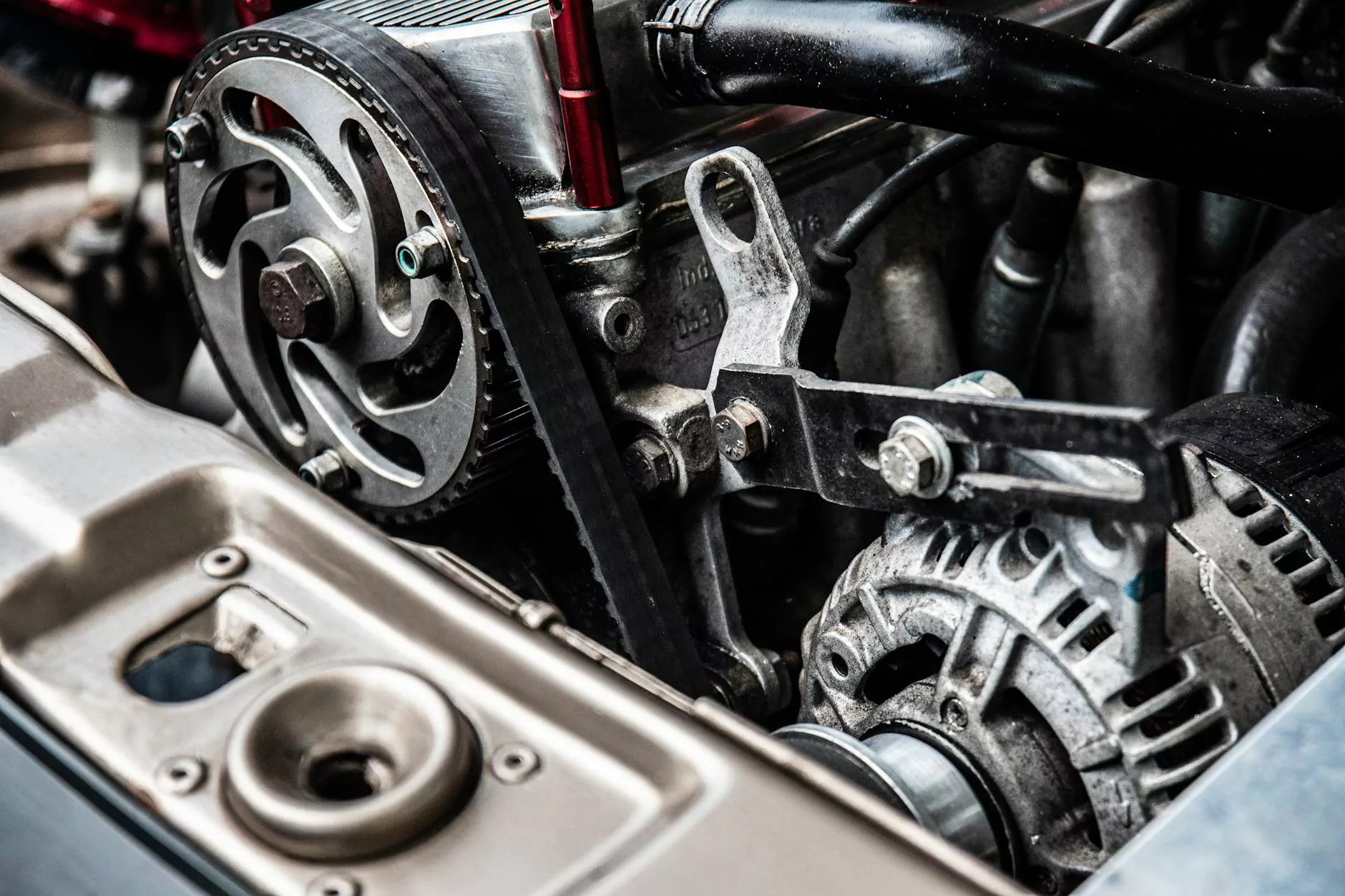The Marvel of Piston Engines: A Comprehensive Guide to Their Inner Workings

When it comes to the heart of any automobile, the parts of a piston engine play a crucial role in driving performance, efficiency, and power delivery. In the world of automotive engineering, understanding the intricate components that make up a piston engine is essential for anyone looking to delve deeper into the realm of internal combustion.
Pistons
At the core of a piston engine lie the pistons, which are cylindrical components that move up and down within the cylinders. These pistons are responsible for converting the pressure generated by the combustion of fuel into mechanical energy, which ultimately drives the vehicle forward.
Cylinders
The cylinders house the pistons and provide the chamber where combustion takes place. The number of cylinders in an engine can vary, with configurations such as inline, V-shaped, and flat engines all offering different advantages in terms of performance and efficiency.
Crankshaft
The crankshaft is a vital component that converts the linear motion of the pistons into rotational motion, which drives the wheels of the vehicle. This complex piece of machinery ensures that the power generated by the pistons is effectively transmitted to the transmission system.
Camshaft
Working in conjunction with the crankshaft, the camshaft controls the timing of the engine's valves, allowing for the intake of air and fuel and the exhaust of combustion gases. This precision in valve timing is essential for optimizing engine performance and fuel efficiency.
Connecting Rods
Connecting rods link the pistons to the crankshaft, transmitting the linear motion of the pistons into the rotary motion of the crankshaft. These components must be strong and durable to withstand the high forces and temperatures generated within the engine.
Valves
The valves, including the intake and exhaust valves, regulate the flow of air and fuel into the cylinders and the expulsion of combustion gases. Proper valve timing and operation are critical for maintaining engine efficiency and power output.
Spark Plugs
Spark plugs are responsible for igniting the air-fuel mixture within the cylinders, initiating the combustion process that drives the engine. The health and performance of spark plugs directly impact the efficiency and power delivery of the engine.
Conclusion
Through this exploration of the fundamental parts of a piston engine, we have gained insight into the intricate workings of internal combustion technology. From pistons and cylinders to crankshafts and camshafts, each component plays a vital role in propelling vehicles with precision and power.
parts of piston engine








